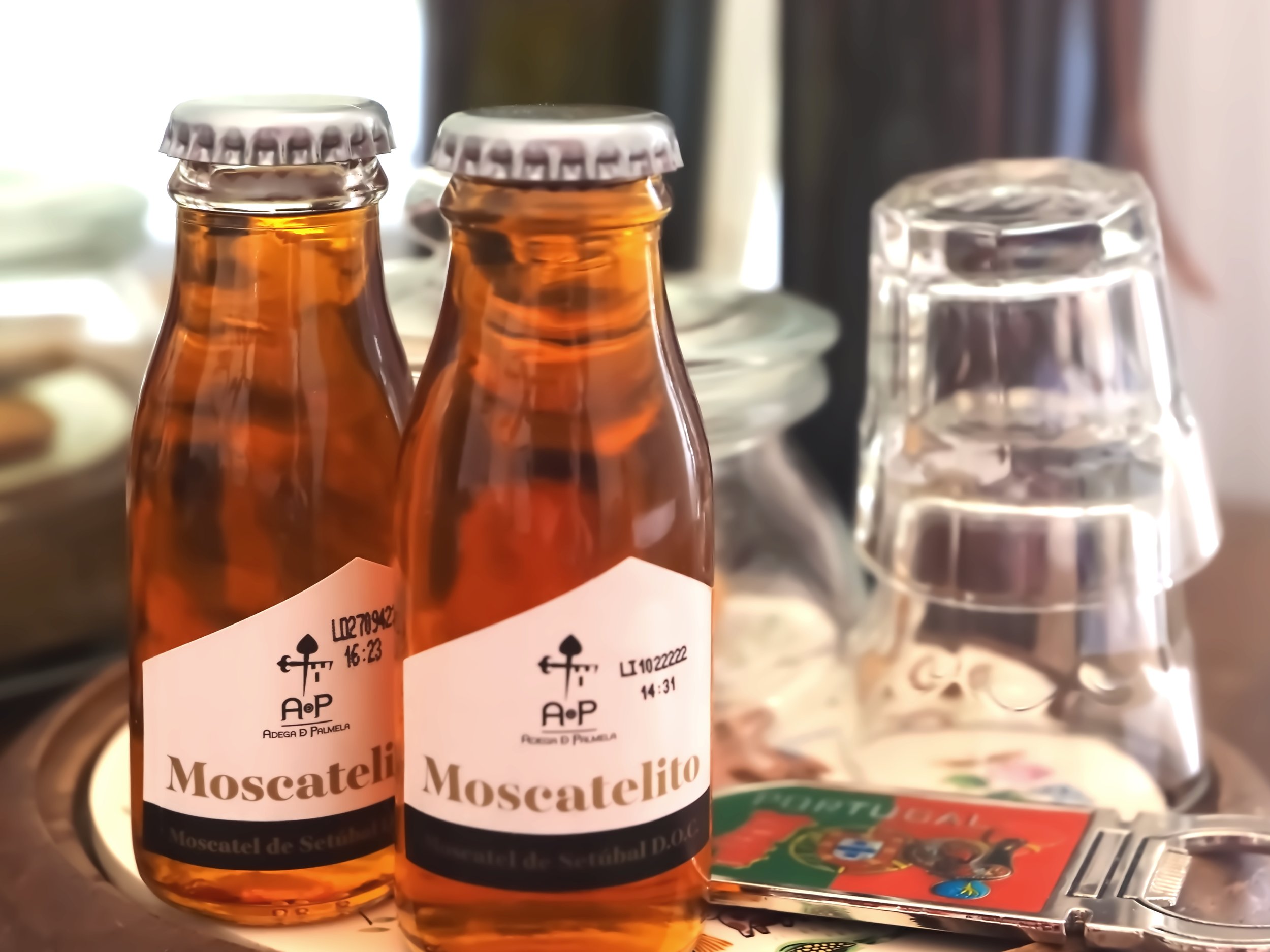Moscatel Fortified Wine: A Portuguese Tradition
Among the diverse array of wines Portugal has to offer, Moscatel occupies a special place. This luscious, aromatic fortified wine has a rich history, and unique production process, and offers a variety of styles that can satisfy any palate. Join us on a journey exploring the history, production, styles, famous producers, and the art of enjoying Moscatel fortified wine.
Moscatel wines have deep roots in Portugal, where the Moscatel grape variety - a name derived from 'Muscat', meaning 'musk' in Latin - has been cultivated for centuries. Particularly associated with the Setúbal Peninsula and the Douro region, the earliest records of Moscatel wines date back to the 12th century.
The surge of Portuguese explorations during the Age of Discoveries (15th-17th centuries) introduced Moscatel to the wider world, firmly establishing its global reputation. Today, Moscatel fortified wine is a proud testament to Portugal's enduring winemaking heritage.
Moscatel begins life much like any other wine: grapes are harvested and crushed, and the juice begins to ferment. The divergence comes when the fermentation process is interrupted by the addition of a neutral grape spirit. This 'fortification' halts fermentation, leaving behind residual sugar that gives Moscatel its characteristic sweetness.
Unique to Moscatel's production is the extended period of skin maceration after fortification. This process, often lasting several months, allows for the extraction of additional flavours and aromas from the grape skins, enhancing the wine's complexity and aromatic intensity.
Styles of Moscatel
Moscatel fortified wines are generally categorized into two main styles: Moscatel de Setúbal and Moscatel Galego (also known as Moscatel do Douro). While both styles are sweet and aromatic, they each have distinctive characteristics.
Moscatel de Setúbal, made from Moscatel de Setúbal grapes (a variant of Muscat of Alexandria), tends to exhibit notes of orange blossom, caramel, and raisins. On the other hand, Moscatel Galego, made from Muscat Blanc à Petits Grains, often showcases a bright citrus and floral bouquet, accompanied by a hint of spice.
Famous Producers
Several acclaimed producers continue to elevate the prestige of Moscatel. Among them:
One of the most recognized names in the Setúbal Peninsula, this winery produces exceptional Moscatel de Setúbal. Their wines are renowned for their rich, complex flavours and impressive ageing potential.
This winery, located in the heart of the Douro region, is famed for its Moscatel Galego. Their Moscatel do Douro is celebrated for its aromatic intensity and perfectly balanced sweetness.
Known for producing a wide range of high-quality wines, this winery's Moscatel de Setúbal is frequently awarded for its depth of flavours and remarkable consistency.
Enjoying Moscatel
Moscatel is best served slightly chilled, between 12°C-14°C. Its natural sweetness and complexity make it a perfect companion to desserts, particularly those featuring nuts, caramel, or fruits. It also pairs wonderfully with blue cheese, providing a delightful contrast of sweet and savoury.
But don't confine Moscatel to the end of a meal – it's equally delightful as an aperitif or served alongside tapas-style dishes. Aged Moscatel can even be savoured on its own, allowing you to fully appreciate its evolution and complexity.
Moscatel fortified wine is a unique expression of Portugal's winemaking tradition. Whether you're a seasoned wine connoisseur or a casual enthusiast, the intoxicating aromas, rich sweetness, and captivating history of Moscatel are sure to provide an unforgettable tasting experience. So, pour yourself a glass, and toast to the time-honored legacy of Moscatel!
